By Eric T. Baker
The Panzer General Series from Strategic Simulations Incorporated is one of the most successful wargame franchises of all time. The first game in the series appeared in 1994. Since then, the look and play of the games has evolved over the years, changing most strikingly in 1999 when the 3D Assault edition was released with a full 3-D graphics mode and a leader-based gaming system.
This year’s edition, Panzer General III Scorched Earth uses the same core 3-D engine as last year’s, but the graphics have been enhanced. There are more scenarios and four new campaigns. Players can battle their way to Berlin as the Soviets or march to Moscow as the Germans. PG III brings to your computer all the action of the bitter fighting for control of World War II’s Eastern Front.
Included in PG III is a new overview map for better troop control, a hundred new 3-D units, and a Battle Generator for creating random battles using American, British, German, or Russian forces. Improved 3-D effects allow fighting in the fog, rain, and storms. There are new victory conditions which let the computer stage a greater variety of battles, and an auto deploy feature so that a player can spend less time setting up and more time fighting. The interface remains easy to use, and there are more pop-up screens to keep players better informed. But all that is needed to play is at least a Pentium II 233 mhz computer with at least an 8MB 3-D Video Card.
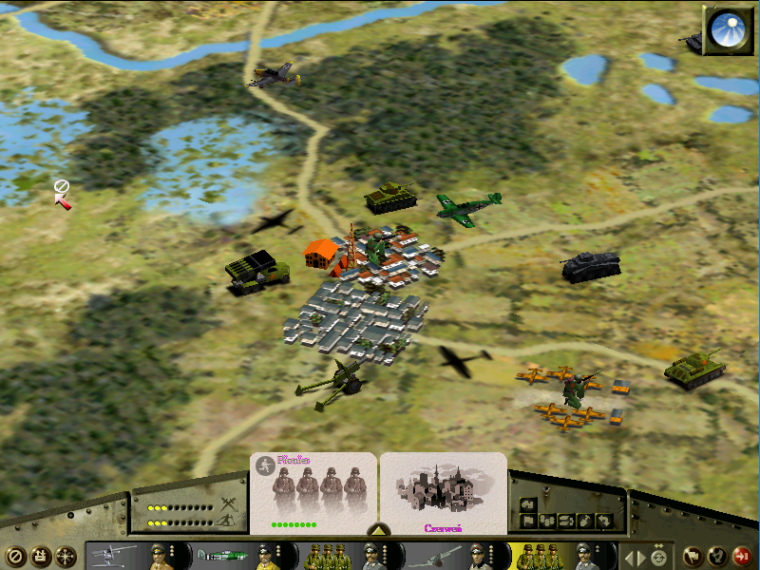
Back in America, Hasbro’s board game, Battle Cry, elegantly and simply recreates the experience of being an army commander in the American Civil War. Its game board can be set up with woods, hills, houses, and other features to recreate the specific terrain of an historical battle. The game system has players using cards to issue orders to units on the board. Dice decide the outcome of an attack, the roll modified for terrain, distance, and other factors. Whenever a unit is completely destroyed, the victor gets the flag from that unit. The first player to collect six flags wins the battle. There are also rules for campaign play.
Fifteen classic Civil War battles are presented by the game’s scenarios and maps are provided for each battle. Infantry, cavalry, and artillery units match those that participated in the historical clashes. Even the customizable game board reflects terrain and features from each battlefield. The game comes with six generals, 12 artillery pieces, 18 cavalry pieces, and 80 infantry pieces, each in durable plastic. There are 60 command cards, the game board, 46 terrain tiles, six field-work tokens, 14 campaign tokens, eight battle dice, and a label sheet. The game also includes a play manual and the battlefield maps. It is not a hardcore simulation, but it is a wargame that can be played with your younger children. n
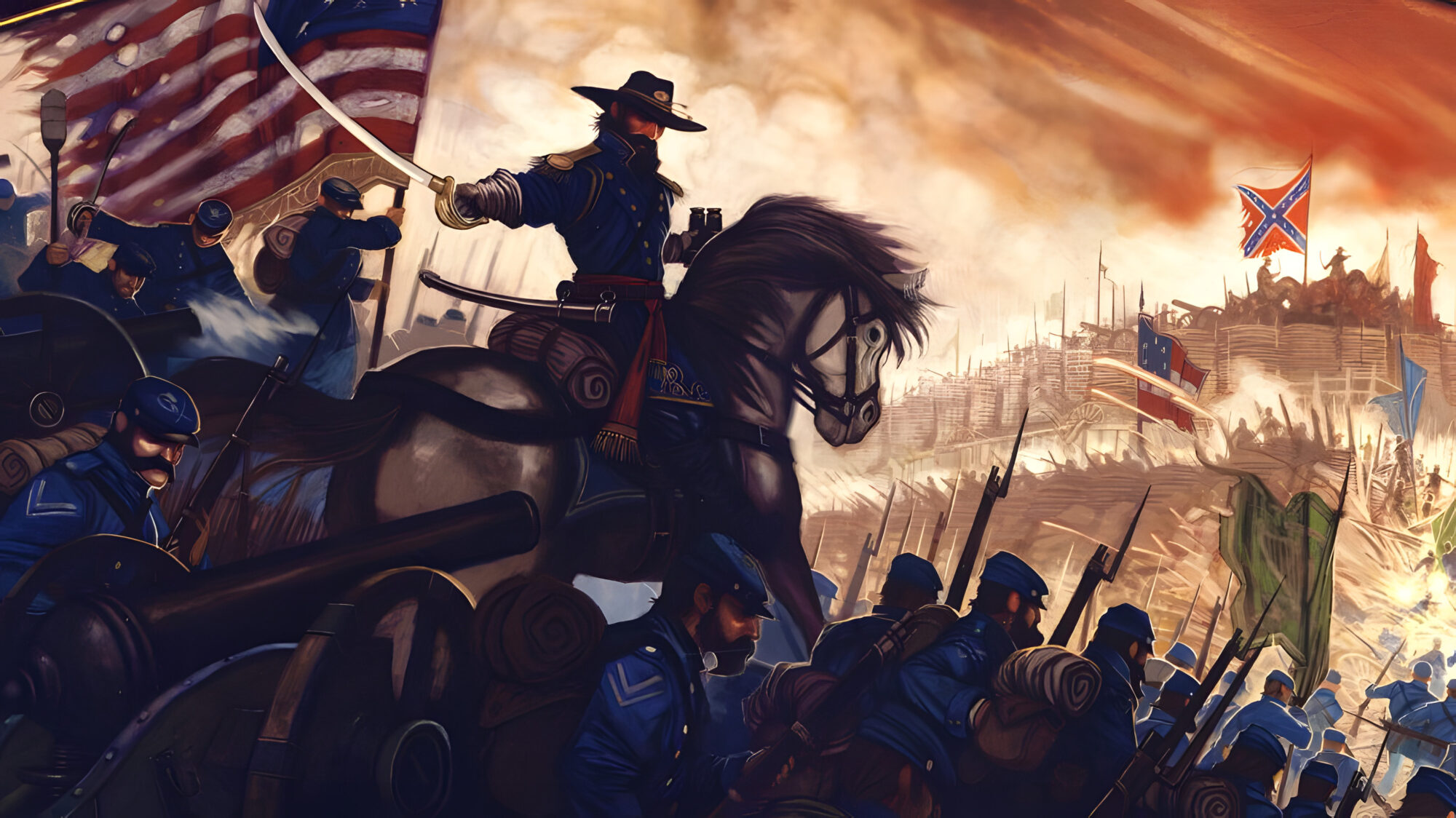
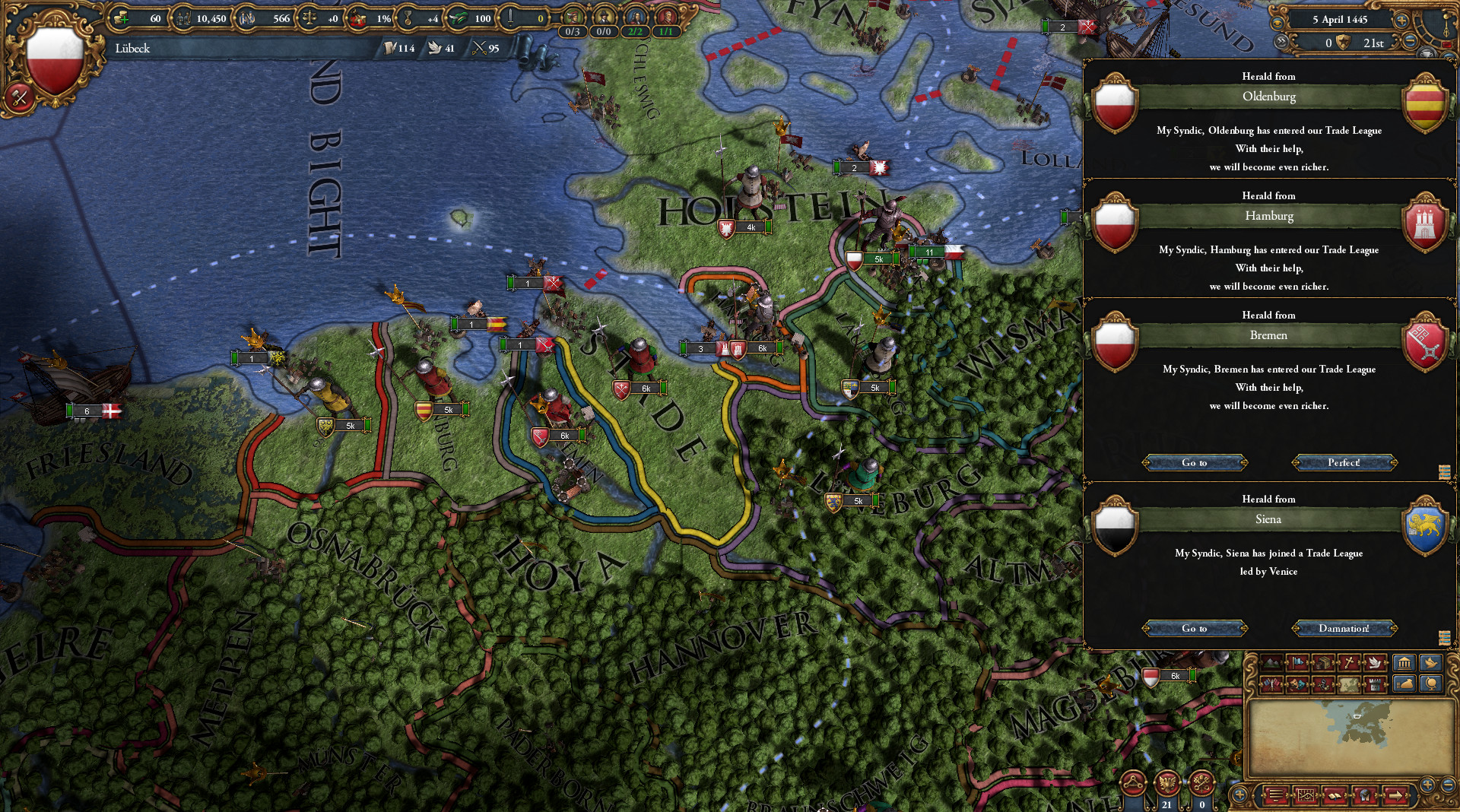
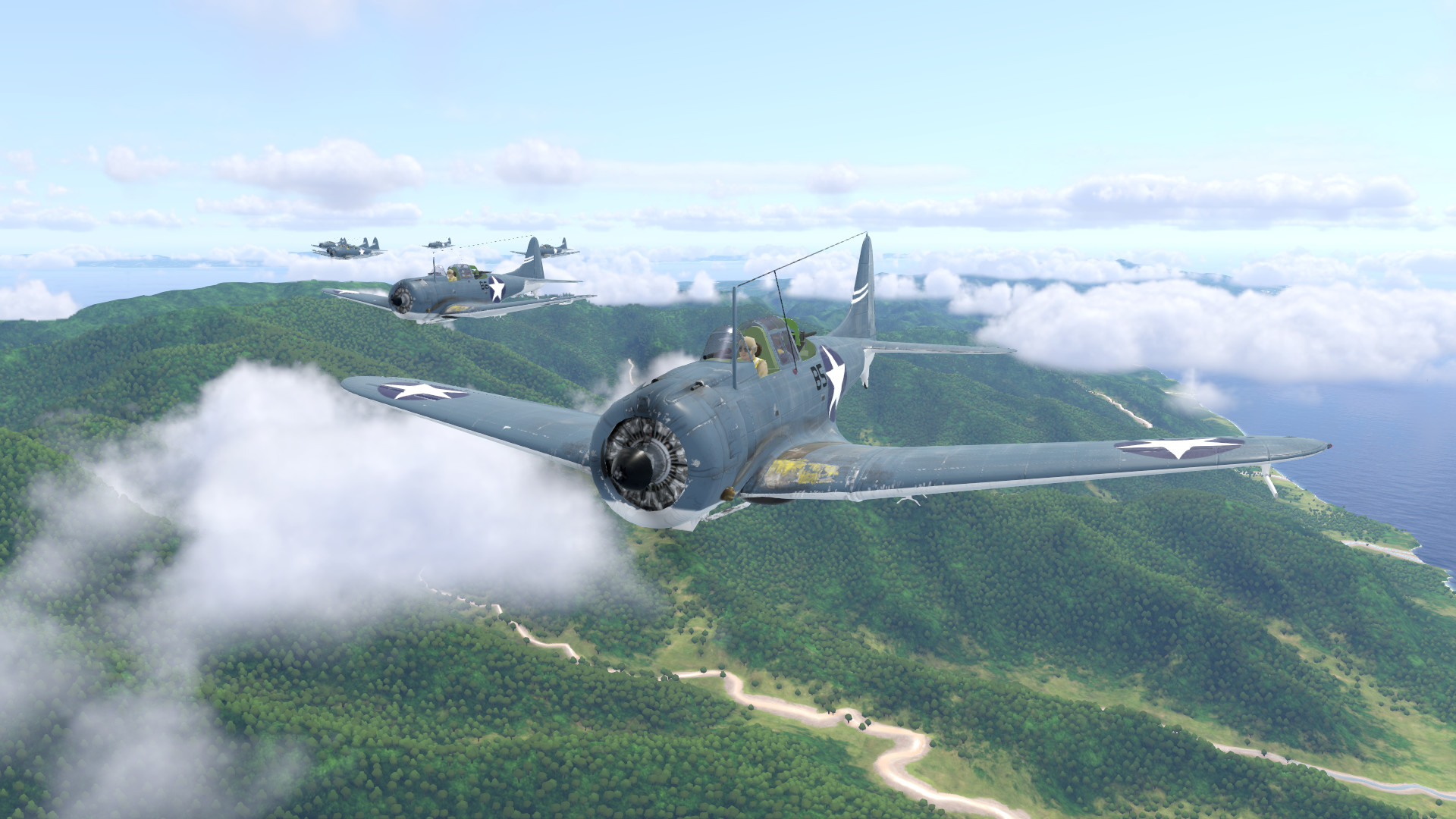
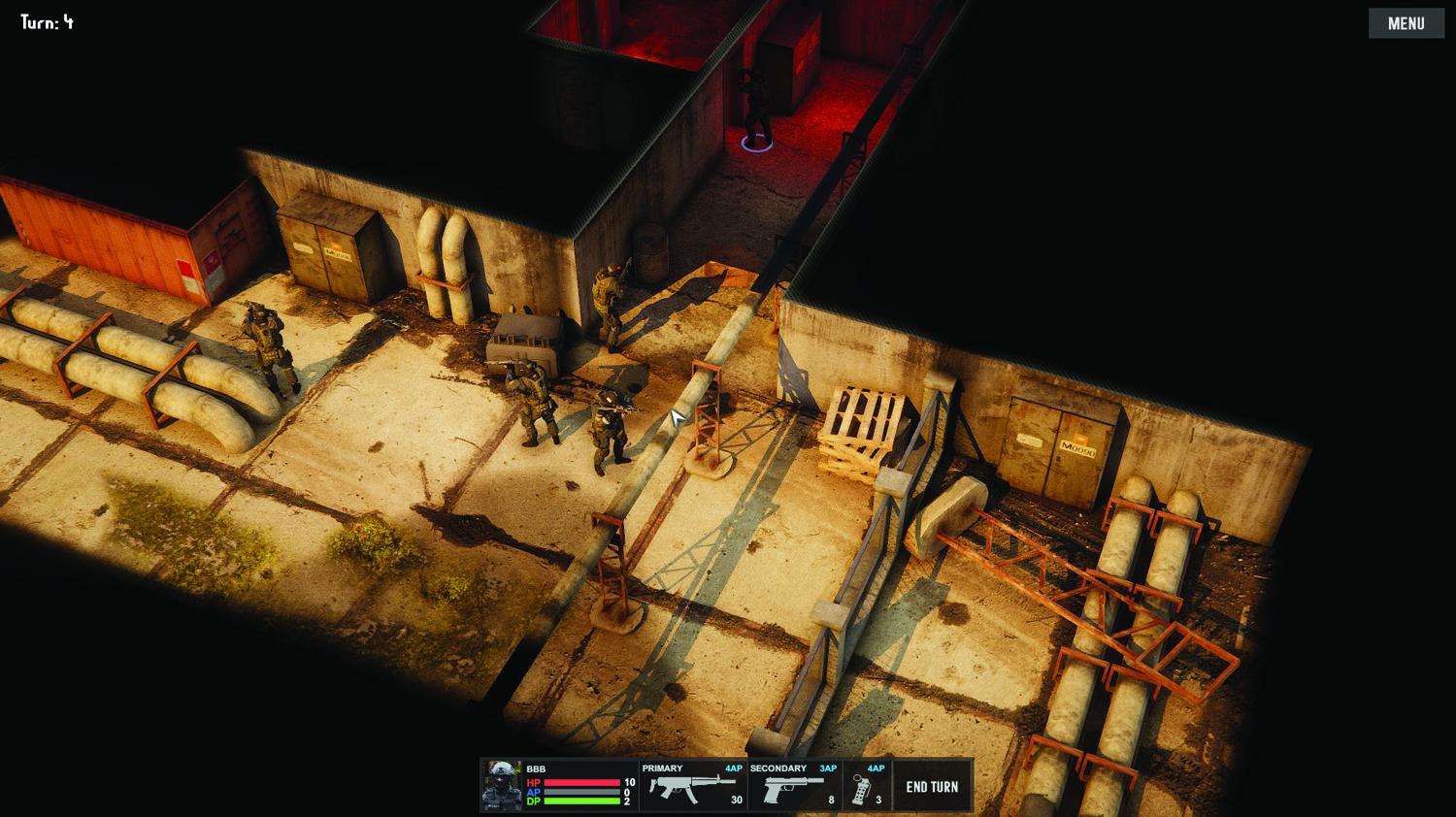
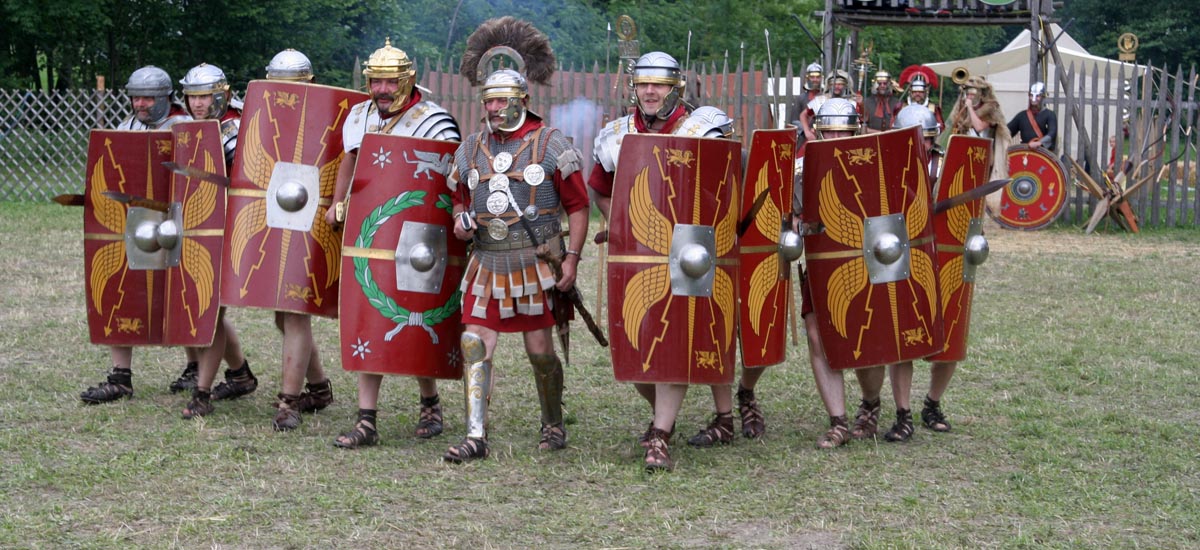
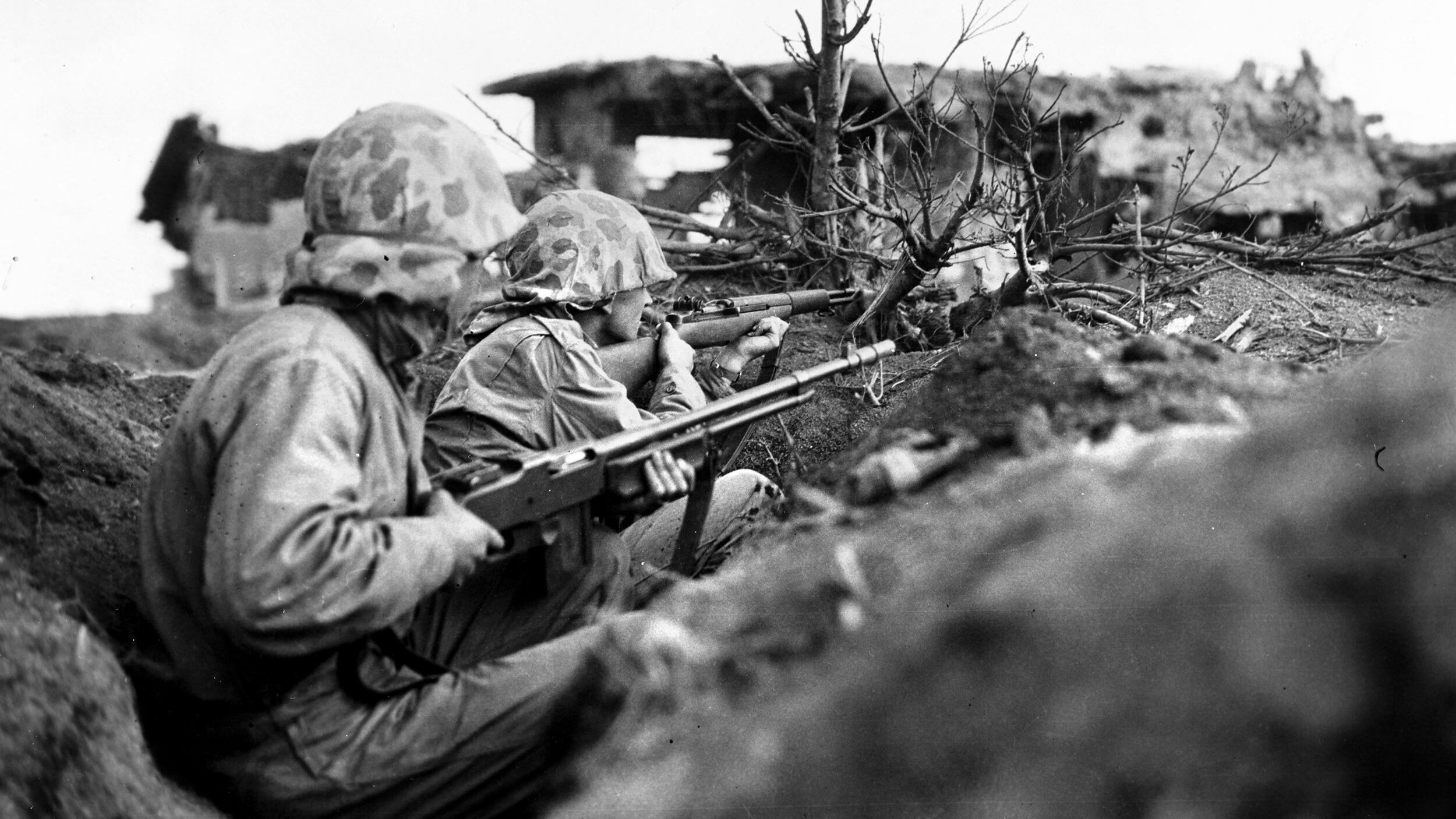
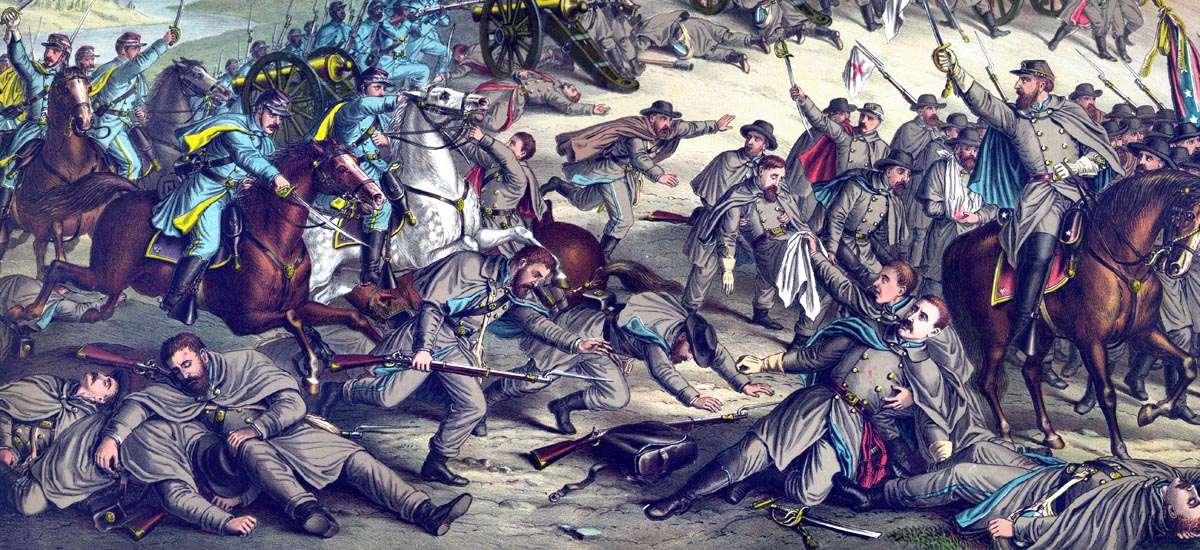
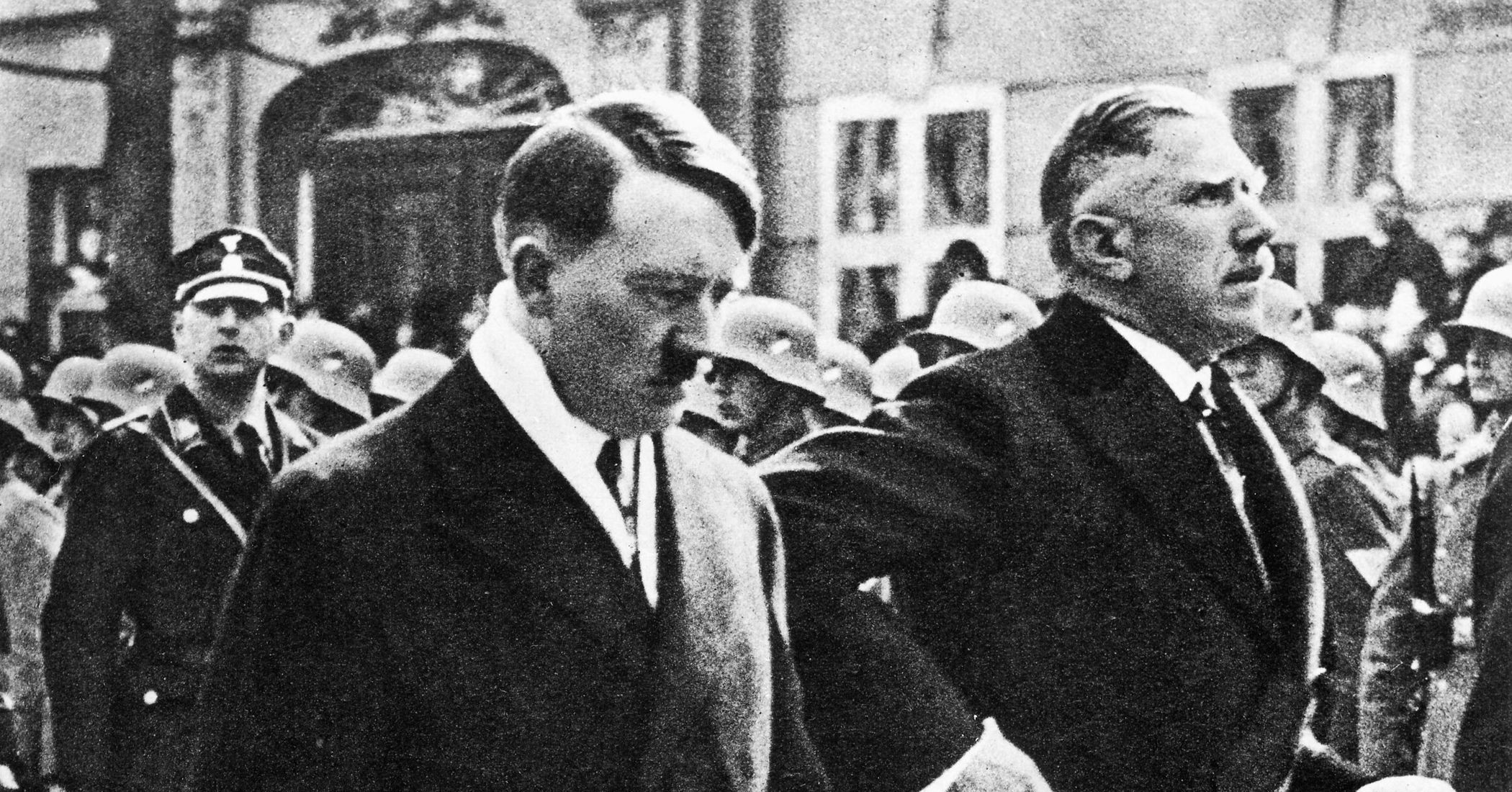
Join The Conversation
Comments
View All Comments